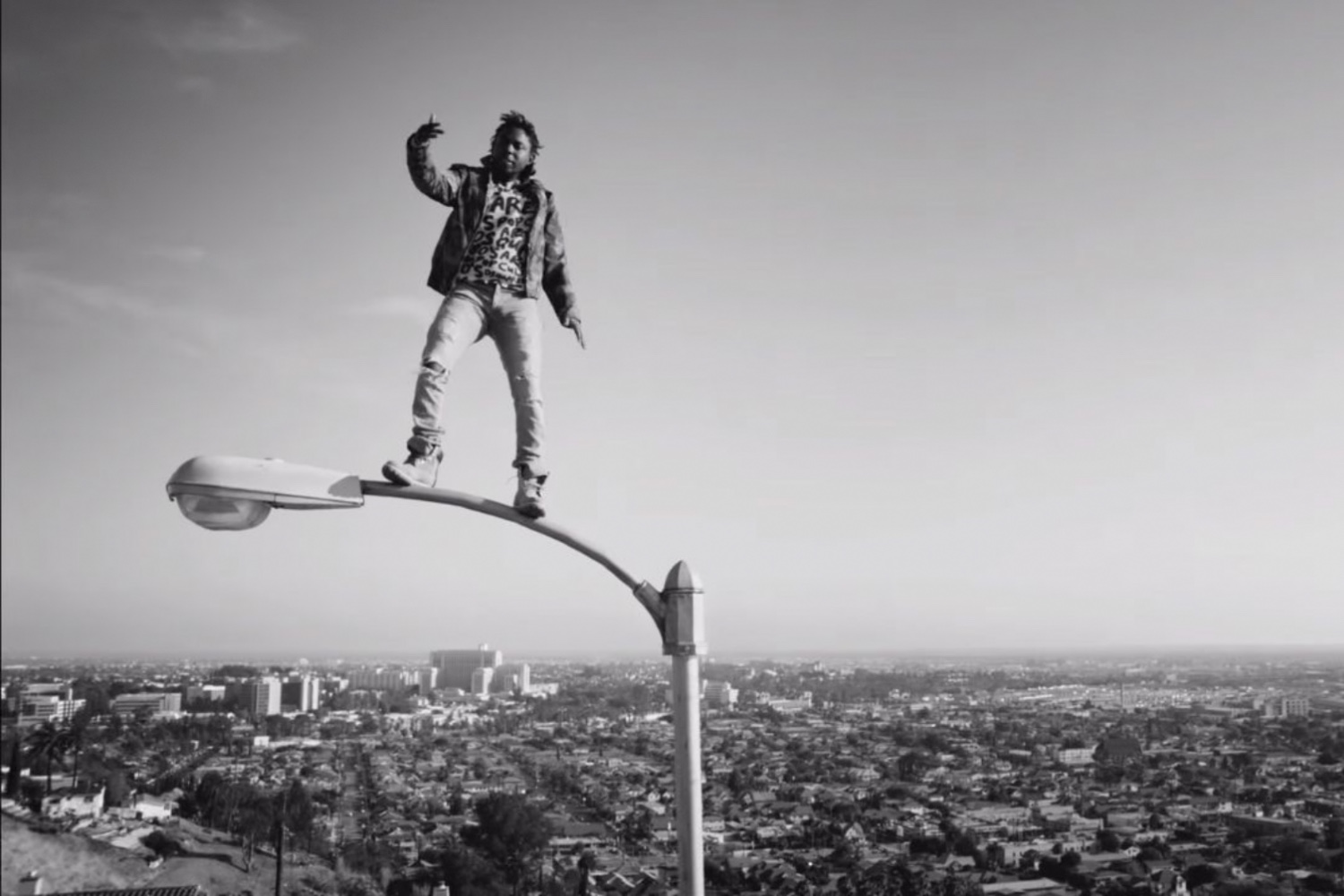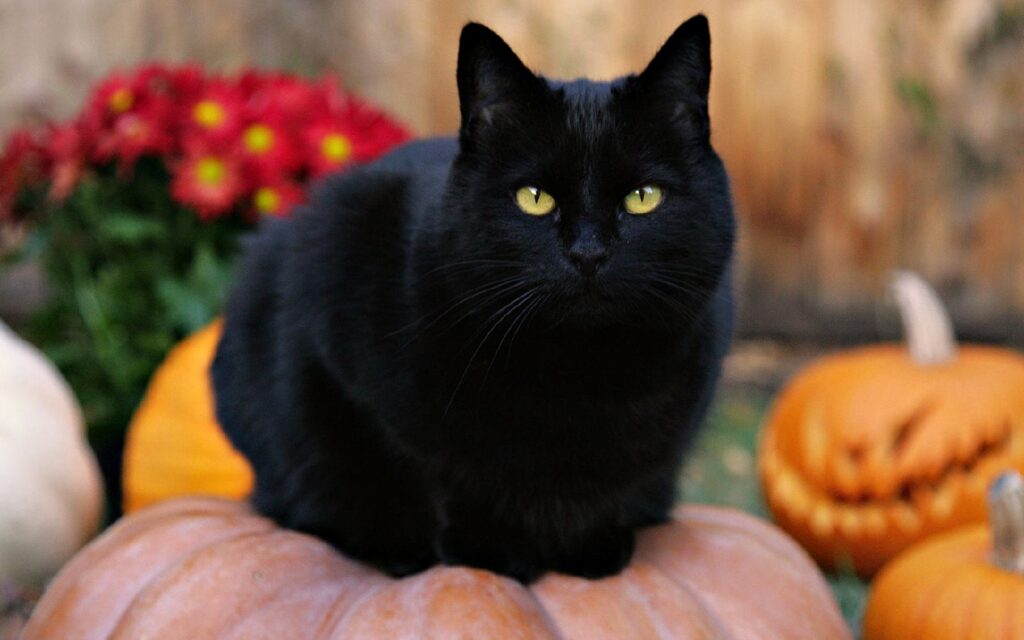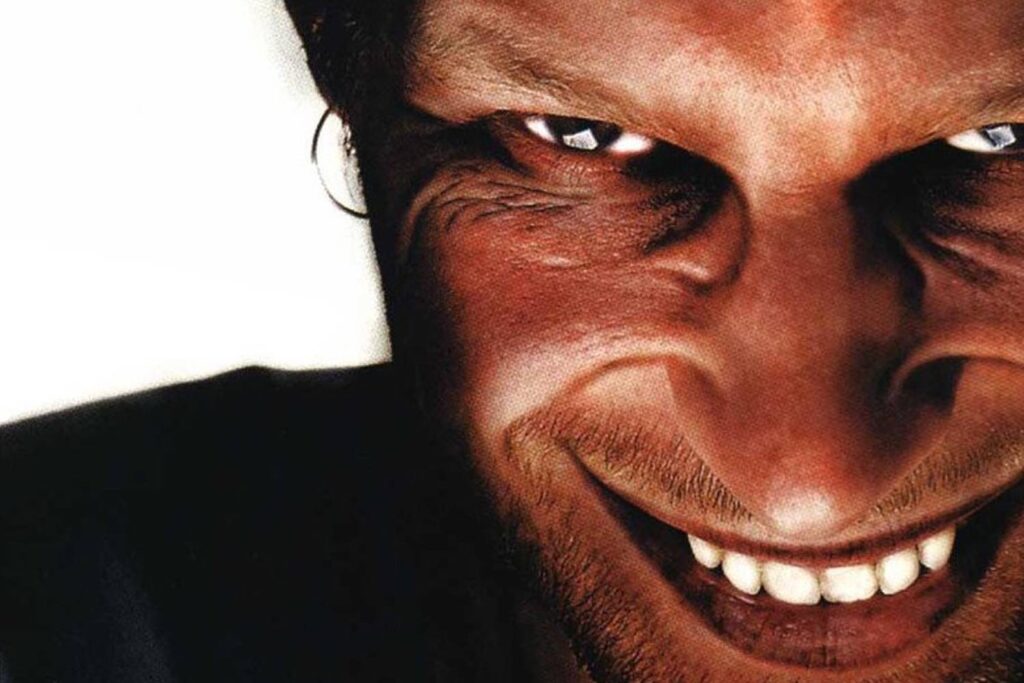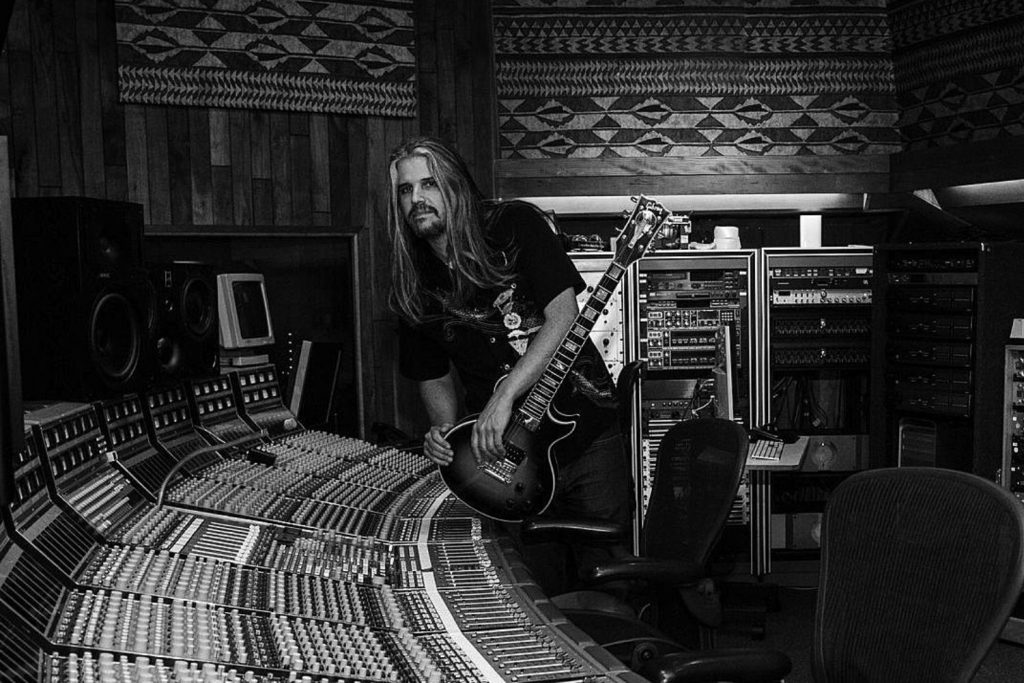A brief history of the blues and how its evolution helped shape hip-hop.
Willie Dixon once described the blues as being “the roots” of all American music. With a history that dates back centuries, it’s certainly a statement with merit.
Even so, it can sometimes be difficult to identify influences of the blues in modern music, particularly for those who are relatively unfamiliar with the genre.
In this article, we take a closer look into a few core influences blues has had on many of its musical offspring, with focus on one of its most popular descendants, hip hop.
Summary
- Dating all the way back to the slave trade in the 16th century, the blues has since evolved to become one of the most influential and culturally significant musical movements of all time.
- The genre has birthed a number of off-shoots and sub-genres, including rock ‘n roll, soul, funk and even hip-hop.
- Despite their drastic sonic differences, one can pinpoint several structural, thematic and cultural similarities between blues and hip-hop as it continues to evolve today.
Read up on all the latest interviews, features and columns here.
The blues originated from enslaved African-Americans in the 16th century, when the genre gave a voice to their common experiences in a period where the majority of society was indoctrinated to both deny and eliminate their self-expression.
This was one of the major themes of the blues – the voice of the people, in addition to love, poverty, and betrayal, amongst many others. These themes were one of the elements that would later become essential in many of the multitude of genres that blues music spawned.
The rising popularity of blues throughout the late 19th and early 20th centuries spawned two subgenres which we know today as ragtime and jazz.
The two genres formed their own identities and developed in parallel in the 1910s, and eventually led to more subgenres: jump blues (which was then also identified as rhythm and blues), bebop, and electric blues.
The emergence of electric blues was the final push needed to claim the mainstream spotlight for the genre, spreading blues over radio waves around the world.
While bebop grew to become the predominant form of ‘modern jazz’, it still had a relatively small audience in the African-American community.
It was in this community that experimentation led to the fusion of the genres of gospel and rhythm and blues, forming the genre named soul, which in its early forms could be interpreted as an entirely secular form of gospel.
It was during the late 1960s and ‘70s at the height of the Civil Rights era when soul artists began to incorporate themes of protest and political awareness into their music.
These themes, along with their parent blues’ motifs, all eventually made their way into later generations of hip hop and rap.
The birth of hip hop began not as a genre, but as a melting pot of culture. Rapping, DJing, breakdancing, graffiti and spoken word were all part of the experience at the time of hip hop’s creation.
Although born in a different period of time with a younger generation of African-Americans, hip hop was conceived similarly to blues, arriving during a period of turmoil and oppression when, despite a subjective upgrade in legal status, large proportions of African-Americans were still economically disconnected from the majority of Americans.
Hip hop groups normally consisted of a DJ and one or more MCs. The turntable and mixer were the primary instruments in hip hop – the DJ would spin a variety of records, cutting, scratching and mixing tracks with skill and style.
These were combined with cleverly chosen samples, and provided a blank canvas for the MCs to trade bars on.
The most talented producers and MCs honed their craft to the extent that they each had their own unmistakable sound – not unlike the signature playing or singing style of a blues musician.
It wasn’t long before rap became synonymous with hip hop, with its origins dating back to African-derived oral traditions of storytelling; boasting, toasting, and ‘playing the dozens’ (a verbal banter game where insults were traded until a player gave up).
While most of early recorded hip hop was tailored mainly for dancing and partying, the late 1980s saw the genre following in the footsteps of soul, with rappers incorporating political, social and cultural themes into their rhymes.
Inner-city violence, police brutality, and the crack cocaine epidemic were a few of the major themes in the era of ‘gangster rap’, a musical manifestation of the reality that the African-American community was experiencing firsthand in the early ‘90s.
At a glance, one might think that the two genres sound too far apart to even be compared musically; however, the two share similarities both subtle and explicit.
For example, the famous ‘call and response’ musical pattern found in countless blues numbers also features in many hip hop tracks, although in a slightly altered form.
While ‘call and response’ in blues usually took place between a vocalist and a guitar, hip hop sought to involve the passive listener with the active performer, with an undeniable ability to either target a specific audience with subtle references, or to simply get the whole room involved.
Check out the classic Pharcyde tune, ‘Return of the B-Boy’, which is chock-full of call and response.
One of the most prevalent similarities between blues and hip hop is their lyrical themes. At the time of their creation, both genres were highly context-driven and thus extremely relatable to their audience.
Recurring issues of substance abuse, poverty and violence that have long existed in the period of the blues’ conception still see relevance in hip hop culture today.
The underlying theme of ‘freedom music’ sings true even in the present setting, a clear example being Kendrick Lamar’s ‘Alright’ becoming the anthem of the Black Lives Matter civil rights movement.
Hip hop, just like blues in both of their many forms and incarnations, expressed society’s internalised woes so veraciously and explicitly that it eventually saw itself transform from minority expression to mainstream appreciation.
Again, as Willie Dixon said, “The blues are the roots and the other musics are the fruits. It’s better keeping the roots alive, because it means better fruits from now on. The blues are the roots of all American Music. As long as American music survives, so will the blues.”
From hip hop to rock and roll, many of today’s contemporary music genres can be traced back to the blues. They are genres and subgenres born in a period of rebelliousness and strife, and all contain some element of the blues, be it rhythmic, stylistic, or thematic.
But most importantly, they carry on the original message of the blues – that music, in whatever shape or form, is the one great redeemer.
Keep reading about one of the most famous blues musicians, Robert Johnson, here.







